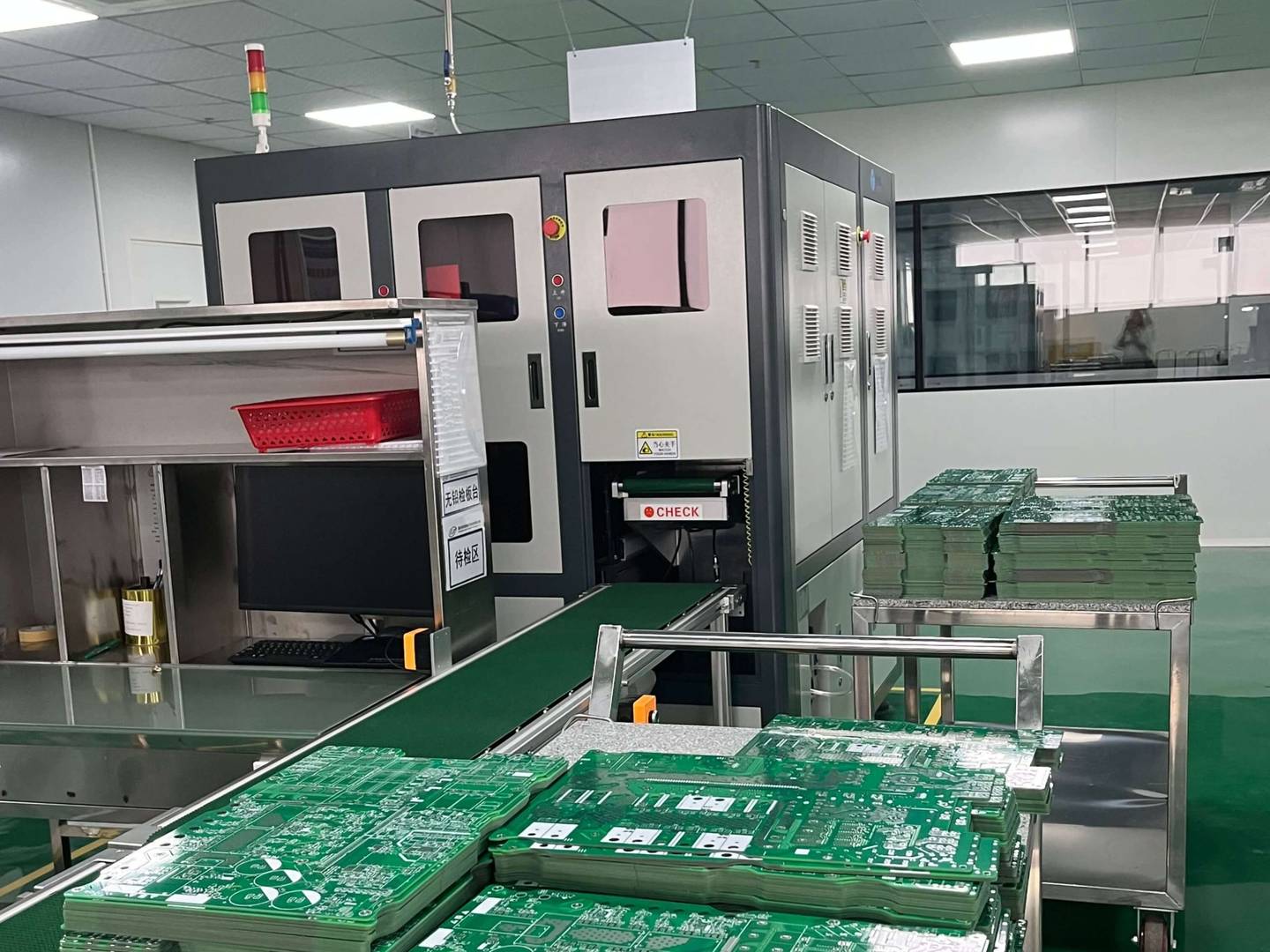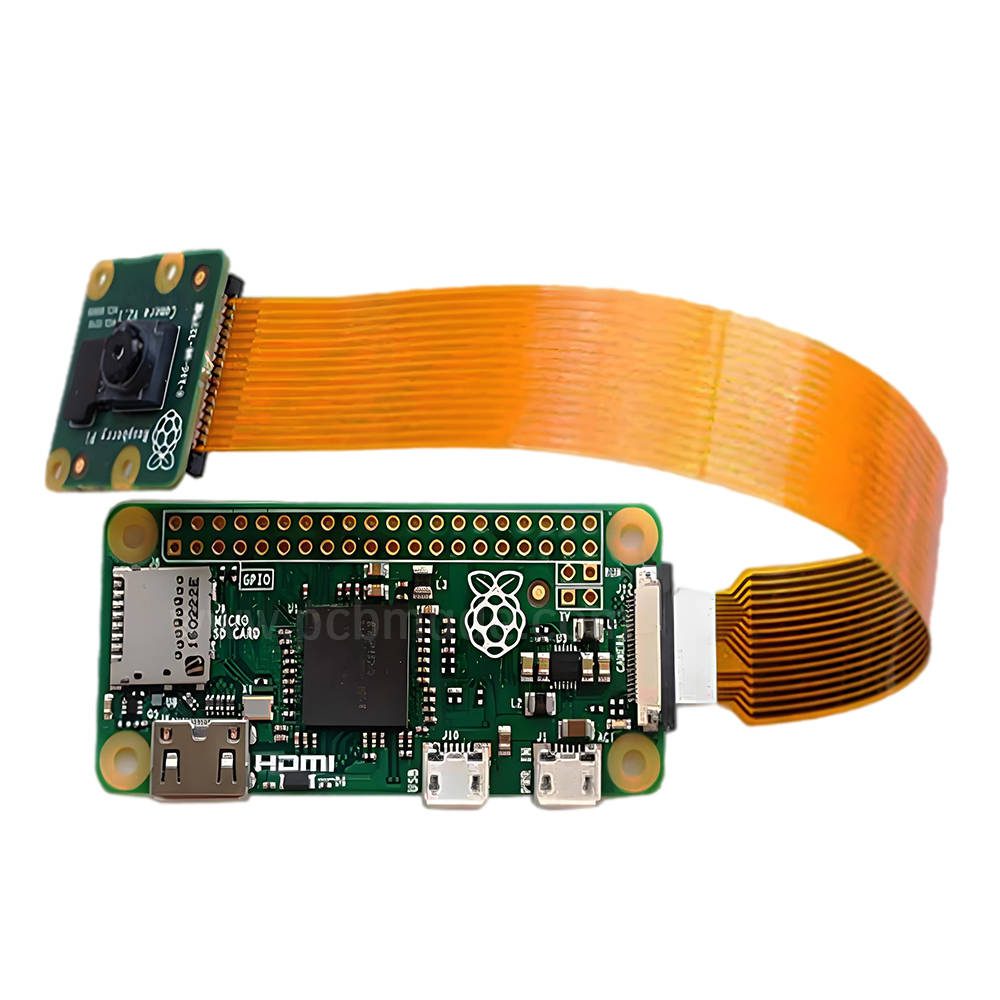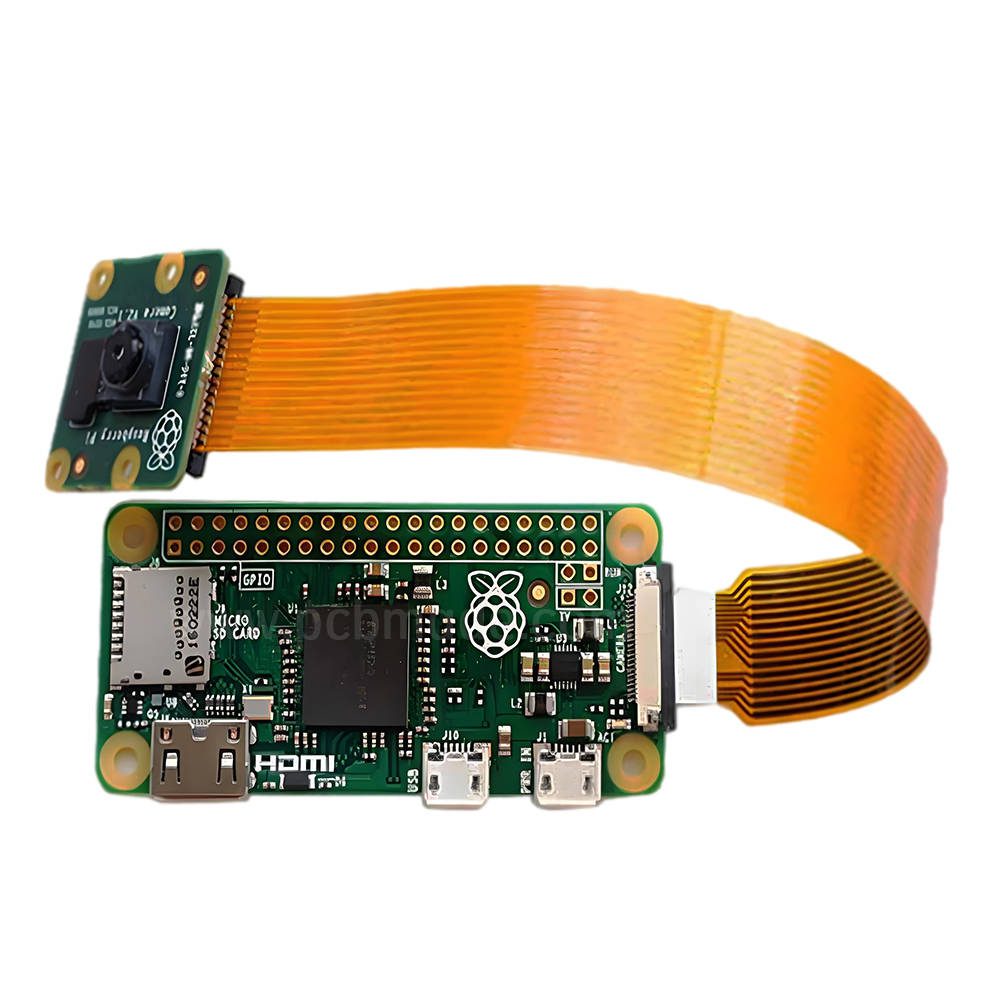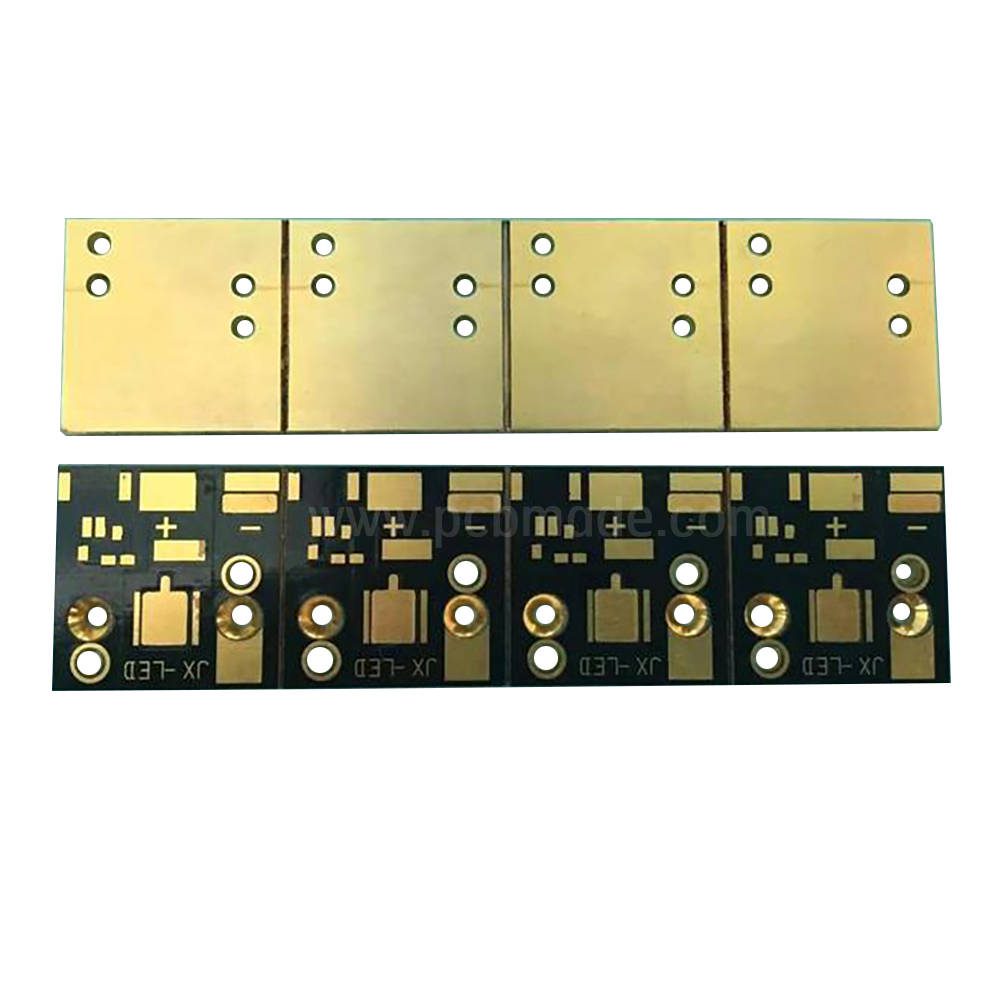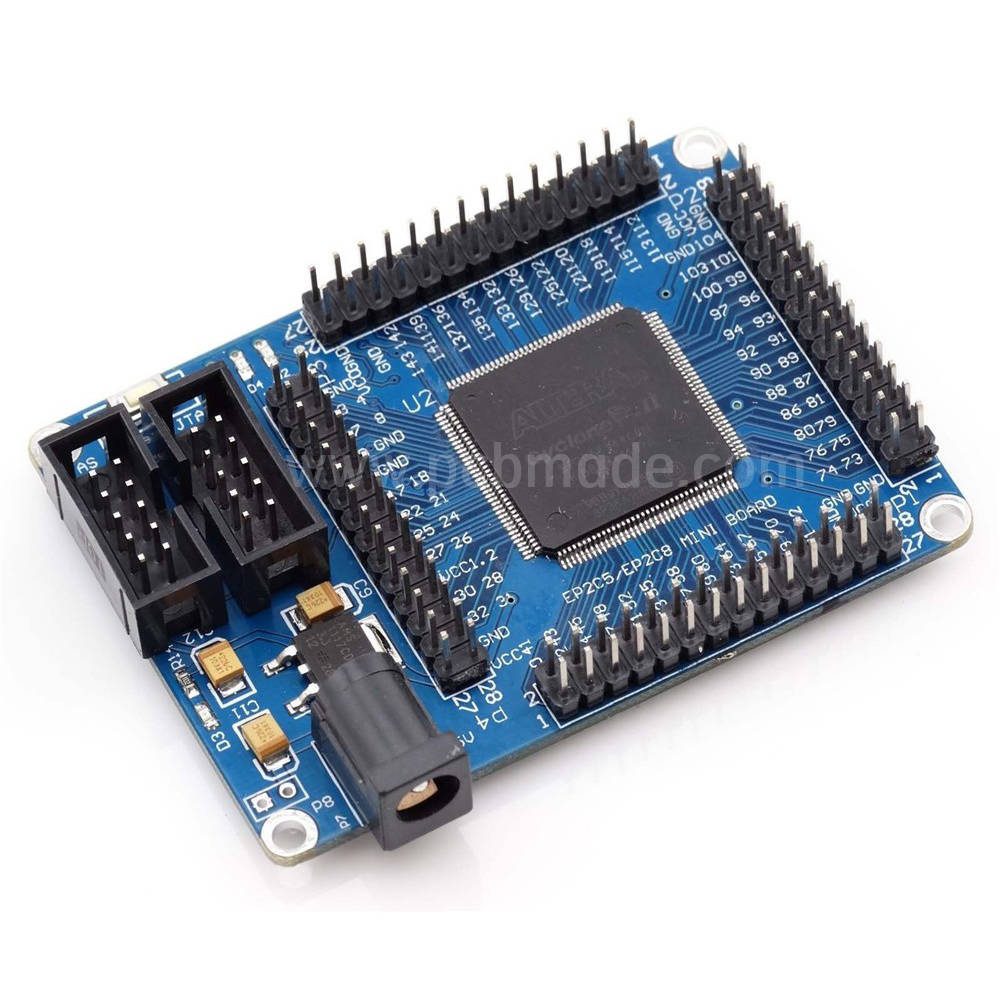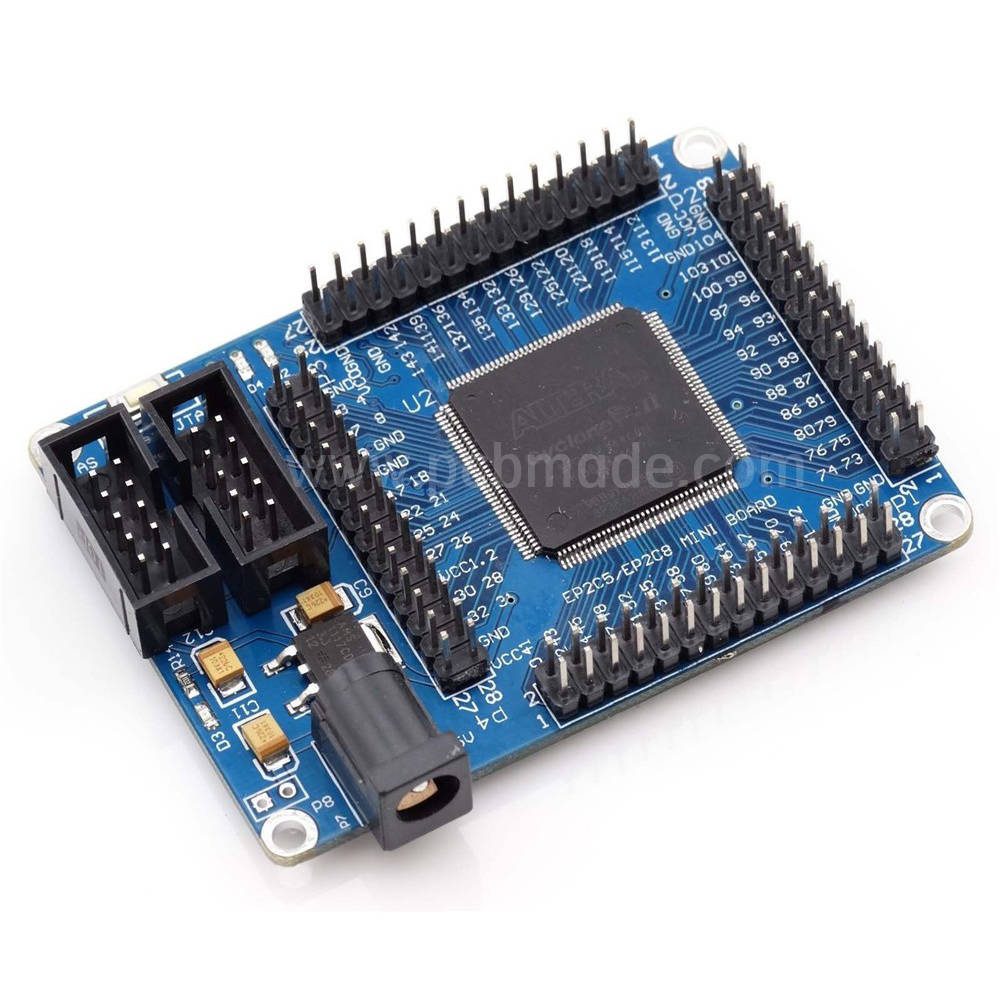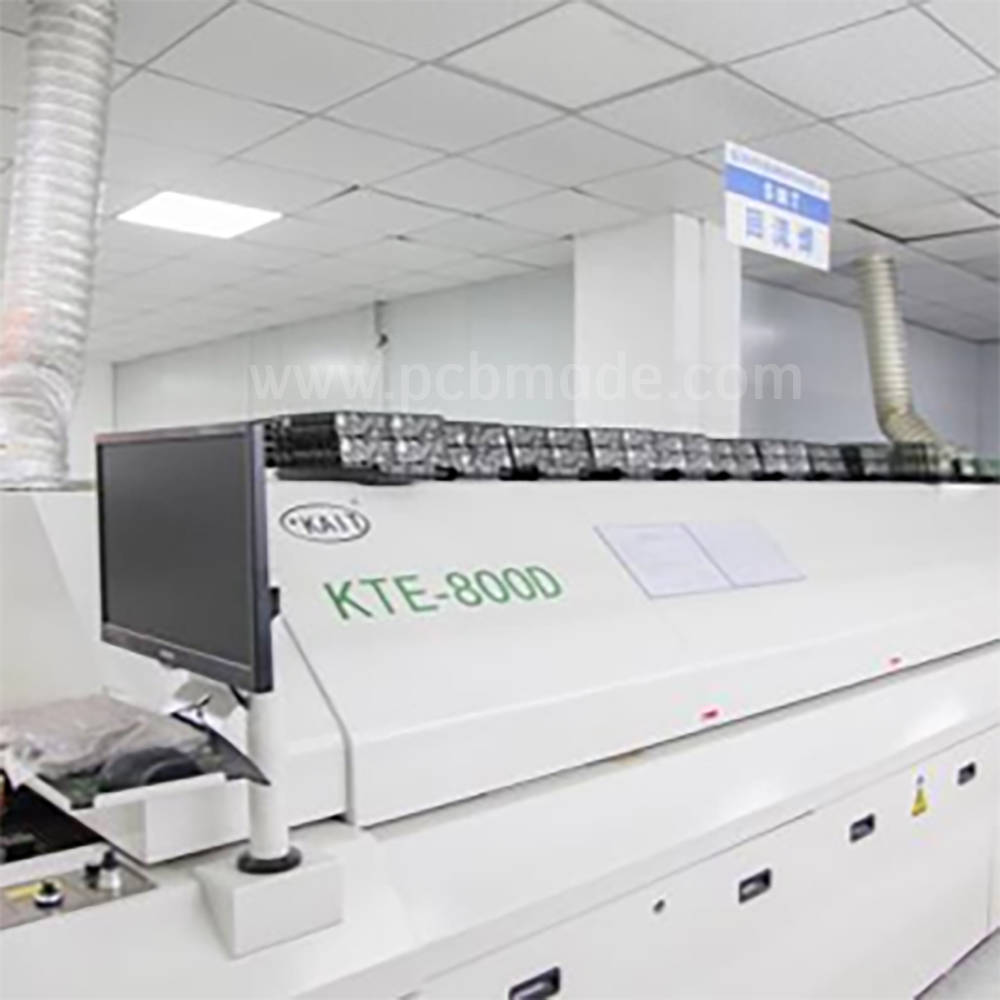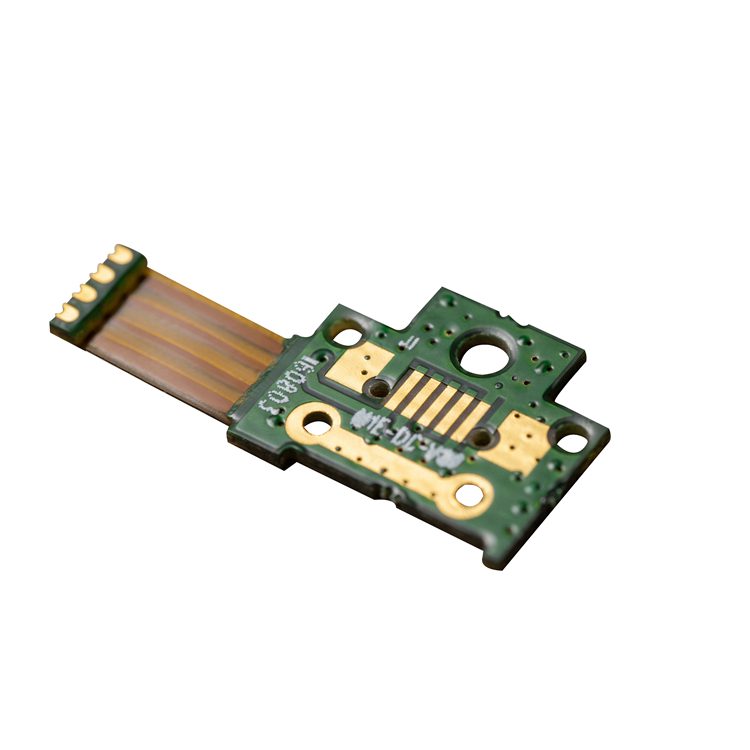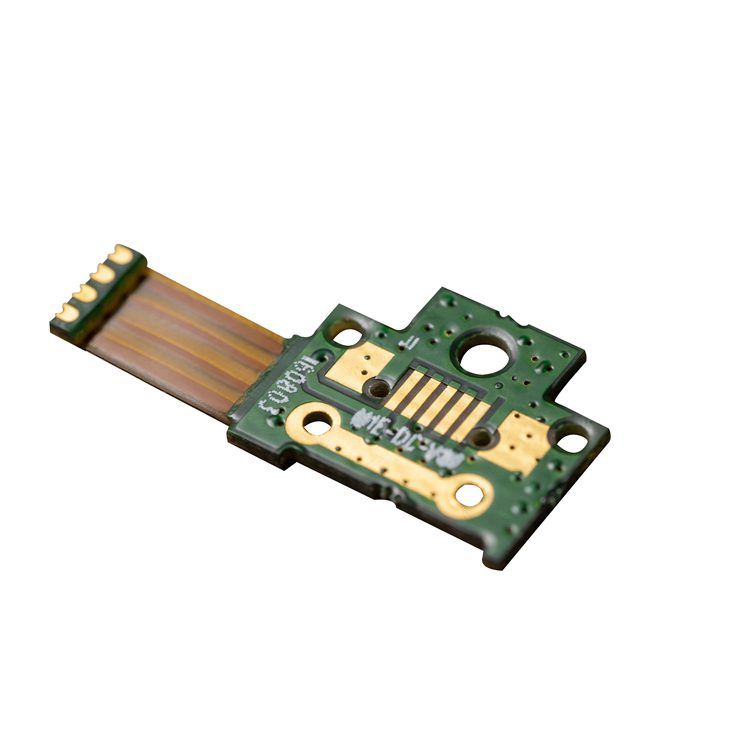Key Features & Technical Specifications
- Ultra-Thin & Flexible Design:
- Supports 90°–180° bending with a minimum bend radius of 0.5mm, ideal for wearable devices (e.g., smartwatches) or curved automotive panels
- IP67/IP68 certification ensures protection against moisture and dust in harsh environments
- Supports 90°–180° bending with a minimum bend radius of 0.5mm, ideal for wearable devices (e.g., smartwatches) or curved automotive panels
- High-Density Interconnects:
- Multi-layer routing (up to 12 layers) with 0.03mm trace width allows complex circuitry for 5G communication, high-speed data transmission, and power distribution
- Microvias (0.05mm) and blind/buried vias enable compact layouts for integrated components like sensors or antennas
- Multi-layer routing (up to 12 layers) with 0.03mm trace width allows complex circuitry for 5G communication, high-speed data transmission, and power distribution
- Signal Integrity & Performance:
- Controlled impedance (50Ω–100Ω) ensures minimal signal loss in high-frequency applications (e.g., mmWave 5G)
- Thermal management through aluminum substrates (thermal conductivity up to 2.0 W/m·K) and phase change materials (PCMs)
- Controlled impedance (50Ω–100Ω) ensures minimal signal loss in high-frequency applications (e.g., mmWave 5G)
- Manufacturing & Design:
- Laser drilling and Automated Optical Inspection (AOI) ensure precision in via alignment and defect-free production
- Stress-release transition zones (e.g., fan-out structures, serpentine patterns) prevent copper fatigue and extend dynamic bending lifespan
- Laser drilling and Automated Optical Inspection (AOI) ensure precision in via alignment and defect-free production
Applications
- Consumer Electronics:
- Foldable smartphones, wearable fitness trackers, and compact cameras
- Foldable smartphones, wearable fitness trackers, and compact cameras
- Aerospace & Automotive:
- Aircraft avionics, satellite systems, and electric vehicle battery management modules
- Aircraft avionics, satellite systems, and electric vehicle battery management modules
- Medical Devices:
- Implantable devices (e.g., pacemakers) and portable diagnostic equipment requiring biocompatible, high-reliability circuits
- Implantable devices (e.g., pacemakers) and portable diagnostic equipment requiring biocompatible, high-reliability circuits
- Industrial & IoT:
- Harsh-environment sensors and industrial control systems with dynamic wiring needs
- Harsh-environment sensors and industrial control systems with dynamic wiring needs
Advantages Over Traditional PCBs
- Space & Weight Savings:
- Reduces module volume by 30–50% compared to rigid PCBs or wire harnesses, ideal for slim devices
- Reduces module volume by 30–50% compared to rigid PCBs or wire harnesses, ideal for slim devices
- Design Flexibility:
- Enables 3D conformal packaging for curved casings or modular upgrades
- Enables 3D conformal packaging for curved casings or modular upgrades
- Long-Term Reliability:
- Tested for 10+ years under AEC-Q101 automotive standards and IPC-6012 Class 3 durability


